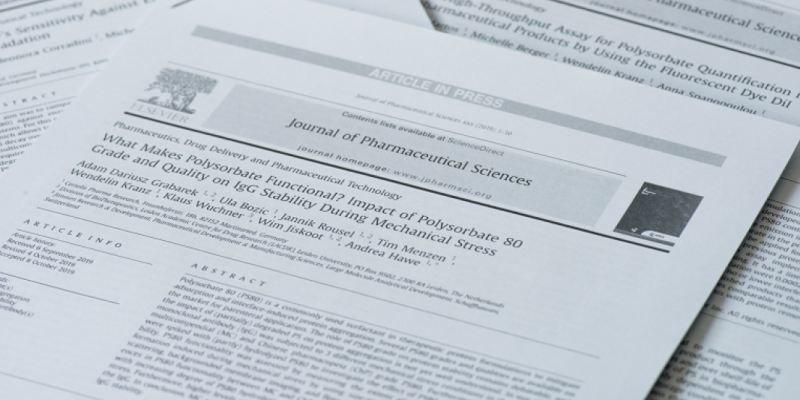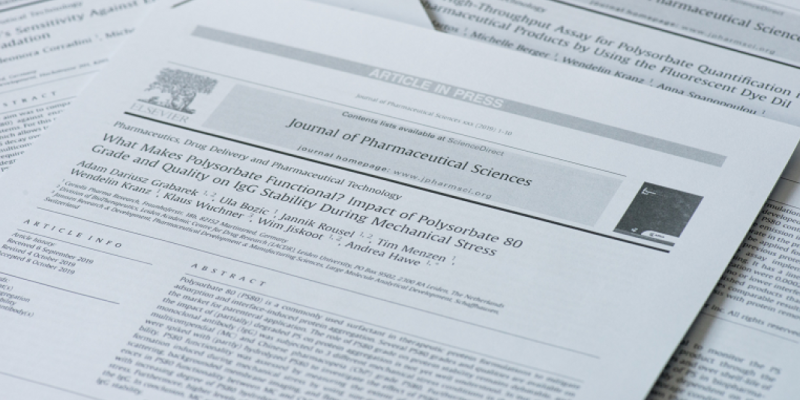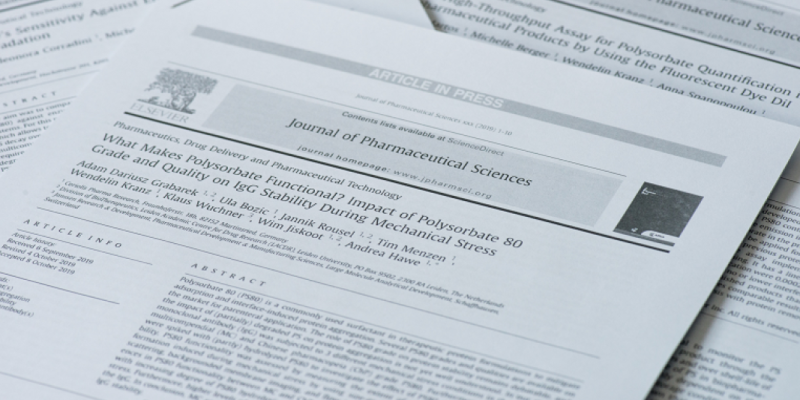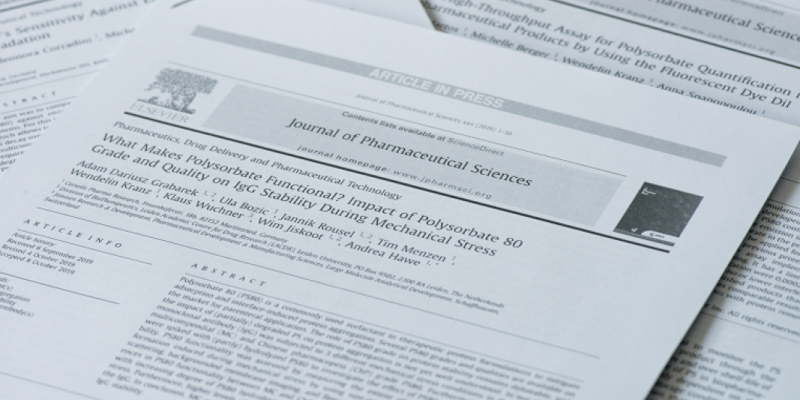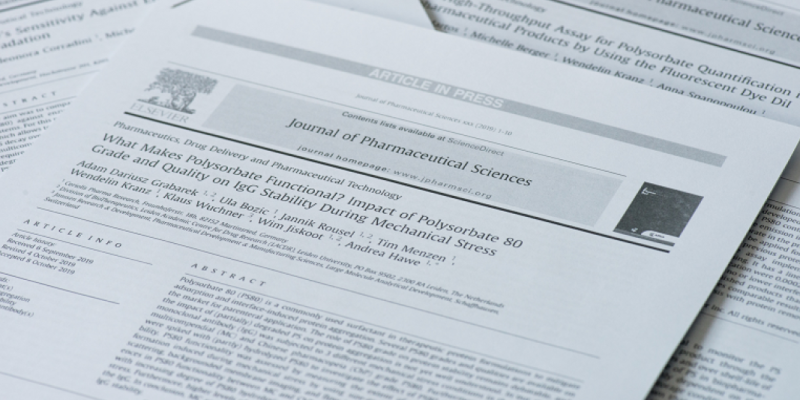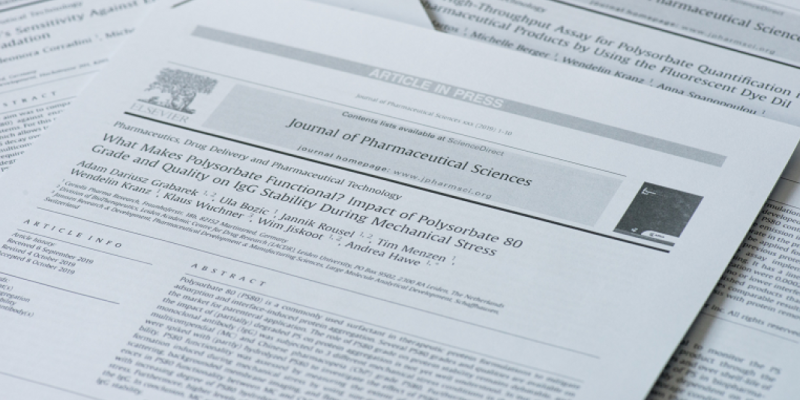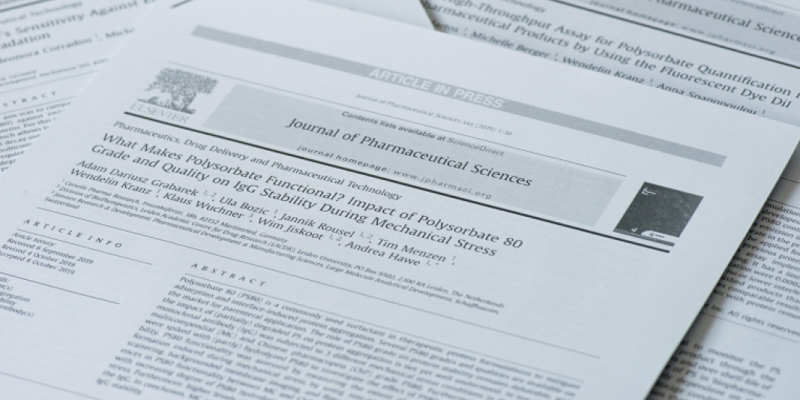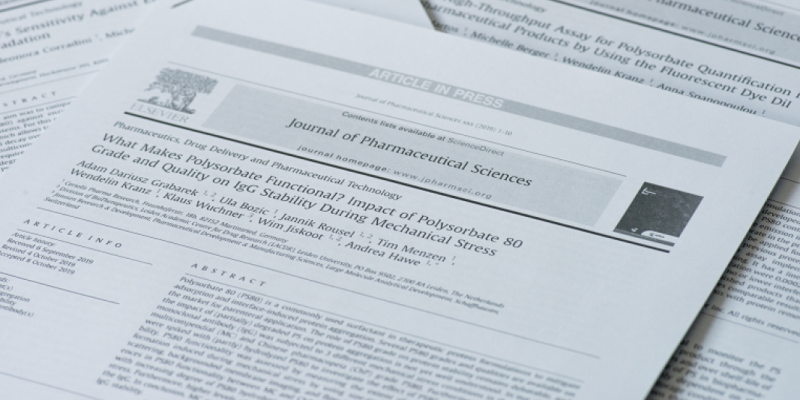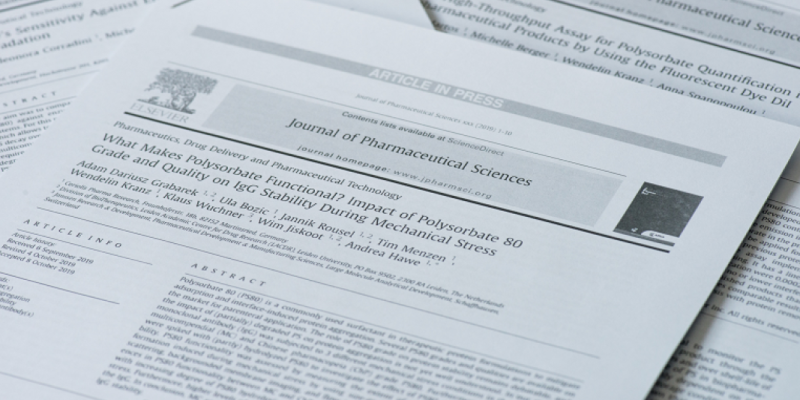Small amounts of sub-visible aggregates enhance the immunogenic potential of monoclonal antibody therapeutics.
Pharm Res. 2015 Apr
PURPOSE: Determine the effect of minute quantities of sub-visible aggregates on the in vitro immunogenicity of clinically relevant protein therapeutics.
METHODS: Monoclonal chimeric (rituximab) and humanized (trastuzumab) antibodies were subjected to fine-tuned stress conditions to achieve low levels (<3% of total protein) of sub-visible aggregates. The effect of stimulating human dendritic cells (DC) and CD4(+) T cells with the aggregates was measured in vitro using cytokine secretion, proliferation and confocal microscopy.
RESULTS: Due to its intrinsic high clinical immunogenicity, aggregation of rituximab had minimal effects on DC activation and T cell responses compared to monomeric rituximab. However, in the case of trastuzumab (low clinical immunogenicity) small quantities of aggregates led to potent CD4(+) T cell proliferation as a result of strong cytokine and co-stimulatory signals derived from DC. Consistent with this, confocal studies showed that stir-stressed rituximab was rapidly internalised and associated with late endosomes of DC.
CONCLUSIONS: These data link minute amounts of aggregates with activation of the innate immune response, involving DC, resulting in T cell activation. Thus, when protein therapeutics with little or no clinical immunogenicity, such as trastuzumab, contain minute amounts of sub-visible aggregates, they are associated with significantly increased potential risk of clinical immunogenicity.
Pharm Res. 2015 Apr
http://www.ncbi.nlm.nih.gov/pubmed/?term=Small%20amounts%20of%20sub-visible%20a…


